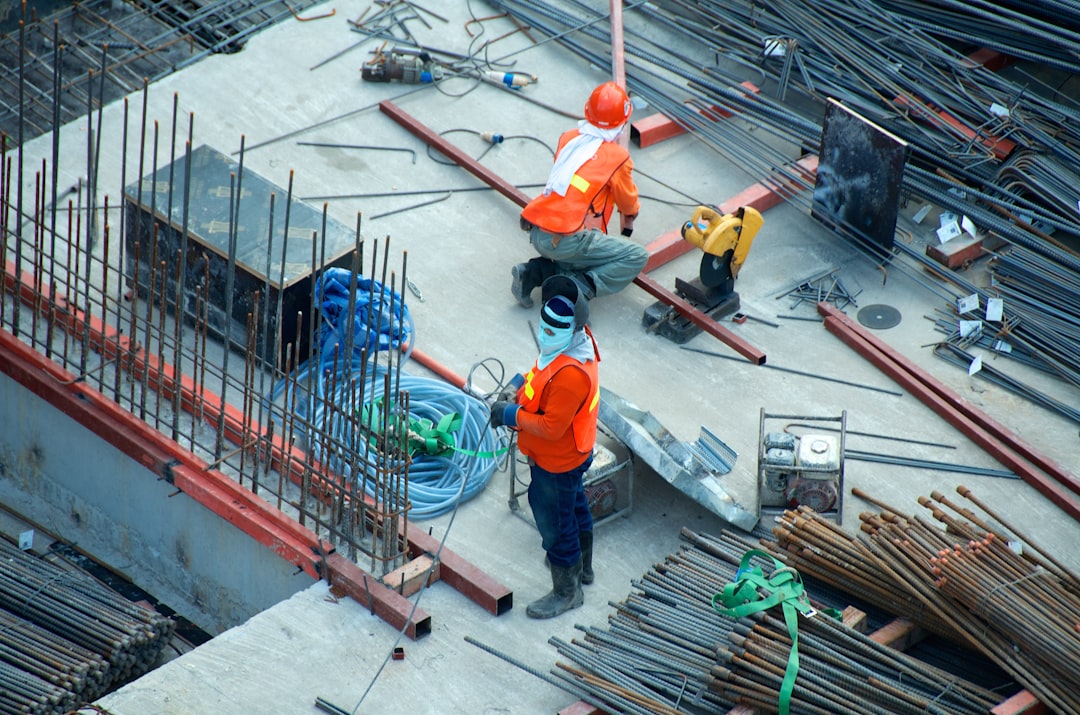What is it about?
Streetcars (trams) have returned to many cities in the United States, and dozens of cities are contemplating making their own streetcar investments. Yet, most streetcars carry relatively few riders per unit of service at a relatively high cost per ride. The streetcar’s poor transportation performance thus raises questions about the purpose of these investments. Using a case study of five cities, the authors seek to better understand the streetcar’s appeal in the face of its poor transportation performance. Drawing on interviews of developers, business leaders, local officials, transit planners, streetcar advocates, and other key respondents, as well as documentary sources, the authors find that private actors with business and development interests in downtowns and nearby areas are the main drivers behind the streetcar resurgence. These actors operate within growth-oriented public-private coalitions (growth-machines) and typically regard streetcars primarily as economic development, image making, and tourism promotion tools rather than transportation investments. Rent seeking behavior underlies growth-machine dynamics, and thus streetcar projects remain appealing to these actors despite their weak transportation performance. The focus on non-transportation goals as primary streetcar objectives affects local decision-making and likely leads to their underperformance as transit.
Featured Image
Why is it important?
Streetcar (tram) technology, although considered less costly than light-rail, still requires non-trivial shot-term capital investments and long-term maintenance / operational costs. Most of these costs are backed with public resources. If the documented weak transit performance continues in existing and in new streetcar projects serious miss-allocation of limited transportation funds and opportunity costs might occur. Also the economic, transportation, and environmental benefits that some of these projects purport to bring to their communities might not be taking place. Streetcar decision-making and planning in the U.S. therefore warrants improvement and more research. As binary social-technological artifacts the integration of political-economy perspectives with technical and quantitative evaluations is key to understanding streetcar resurgence and performance and points to the need for both governance and technological improvements in streetcar decision-making processes.
Perspectives
Mass transit investments, especially those that are mostly financed with public monies, should be primarily about transportation. Effectiveness, efficiency, and ridership potential should weight heavily in the evaluation of modes. Other objectives associated with streetcar investments in the U.S., such as quality of life and economic development potential will more likely be achieved with an effective streetcar transportation system. The results of this study also points to the need for transportation planners to effectively engage political processes in transportation decision-making, and ideally predict and prevent potential distortions of rational transportation decision-making by skillfully guiding and shaping discourse among key stakeholders and actors in pursuit of the public interest. The incorporation of urban political-economy perspectives and theories in contemporary practice and in the academic formation of future transit planners is a plausible strategy to improve the chances for more effective and efficient transit systems that could advance our cities towards more sustainable futures.
Dr. Luis Enrique Ramos-Santiago
Clemson University
Read the Original
This page is a summary of: Streetcar Resurgence in the United States: Transit Strategy, Growth Machine Tactic, or Some of Both?, Transportation Research Record Journal of the Transportation Research Board, January 2016, SAGE Publications,
DOI: 10.3141/2540-04.
You can read the full text:
Contributors
The following have contributed to this page










